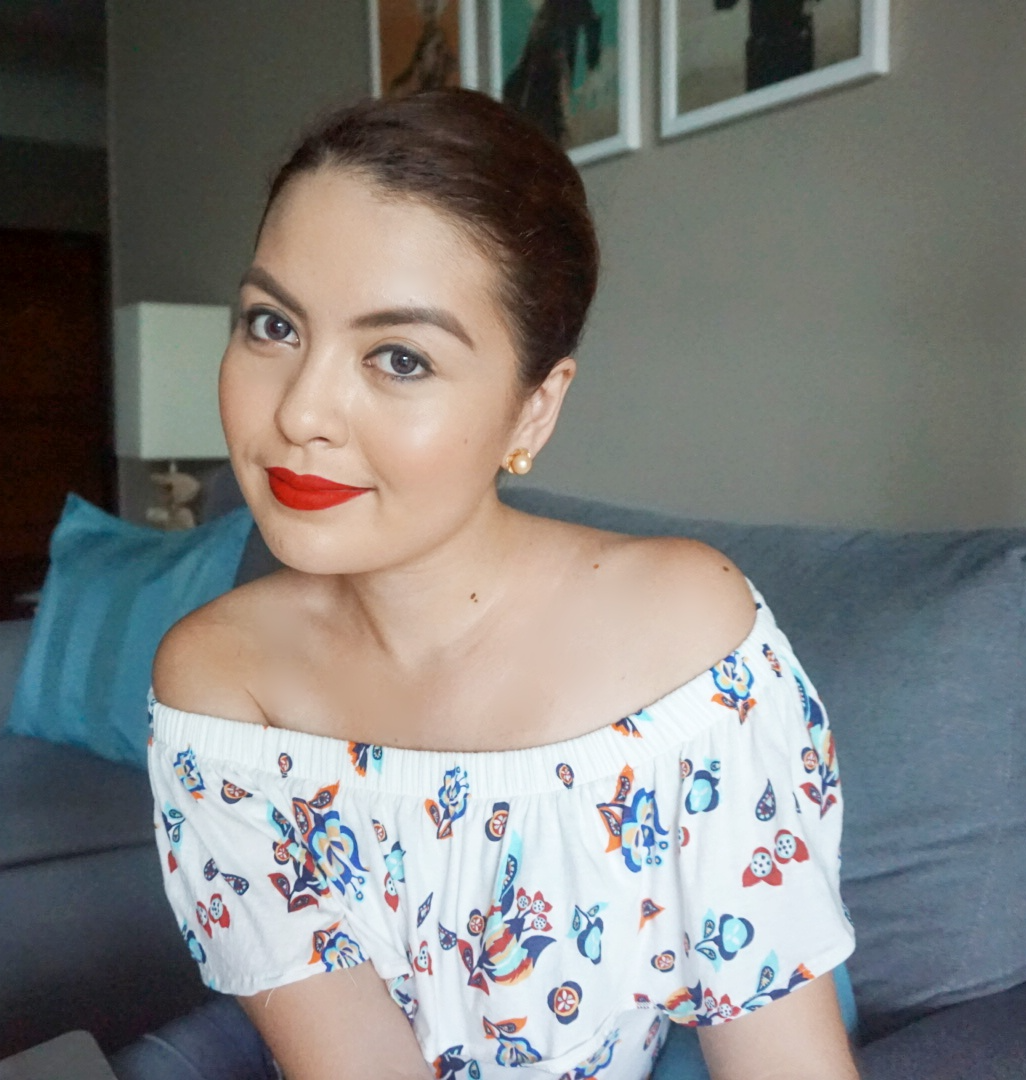As mentioned in the previous post, it’s basically hard to get bored in KL. I guess that’s why a lot of expats choose to move to this city or other neighbouring ASEAN capitals due to vast amount of things you can do, places you can explore, and new things you can try out. A couple of weeks back, I went with a couple of ladies that I met at the International Women’s Association here in KL to a Batik Painting lesson.
I’ve always loved painting and doing something creative with my hands so when they told me about this activity, I knew I just had to go. So at around 9:30 in the morning, I found myself walking to Kompleks Kraft (KLCC) which was a mere 10 minute walk from our condo. Yay!

It’s quite easy to spot along Jalan Conlay as it’s right next to the pretty Royale Chulan Hotel.

Kompleks Kraf is HUGE. And the Batik Painting area is just one part of it!
There are so many things to see and buy at Kompleks Kraf. If you’re looking for high quality Malaysian art, clothes, and souvenirs – this is the place to go aside from Central Market (Pasar Seni). I was going to take photos but most of the store keepers inside the complex won’t allow it. It’s a popular place for field trips (there were two busloads of school children the day we went there) and tourists as well due to the regular events they have there that showcase Malaysian culture. Okay, so back to Batik Painting. In case you’re wondering what Batik is, it’s Malaysia’s textile art popularly used on Malaysian traditional clothes. It’s a bit similar to Indonesian Javanese Batik but has smaller and more detailed patterns. We were told by our instructor that while Indonesian Javanese Batik is often made through free-hand brush painting, which can be hard for people who don’t have any prior experience to painting, the Malaysian version is a bit easier. Malaysian Batik uses a device called a canting to draw the pattern over the cloth using hot wax. The wax will then be your guide to painting as it stops the paint from spreading further (paint used for making Batik tends to spread way too easily and may even cause you to have mini heart attacks while painting). But there are also some Batik producers who use wooden blocks to outline the patterns instead of a canting.

It’s an activity that’s not just for children – teens and adults enjoy it too.
I chose a simpler design that I deemed easy enough for a first timer like me – something flowery. Out instructor gave us a pencil and told us to write our names somewhere in the canvas. She took it and traced wax using the canting over our names. A cute way to personalise our future works of art.

Pretty colours! Be adventurous and don’t hesitate to use your palette for mixing.
We were given brushes, paints, little cups of water and tissue to use. The activity was a lot of fun and a good chance to make use of your creativity. We were mixing colours and I was having a great time fiddling with gradients – I think the way the colours shift from light to dark on the patterns are just too beautiful.

Halfway through the process. What do you think?
Some tips for first timers:
- I learned that the colours tend to lighten up once they dry so build up on the paint if you want to retain the dark shade.
- Careful with your strokes. Paint used for Batik spreads easily so most of the time, even just dabbing the brush is enough. It’s actually fun to watch the paint spread then stop once it hits the wax. 😉
- Want to make the colours lighter? Just dab water onto the canvas. Water is also very useful when experimenting with gradients.
And with that said, here’s my finished product (taken with my iTouch 4’s camera – I can’t seem to find the photo that I took with my Sony – so it’s a bit blurry):

Makes me feel just a wee bit proud.






